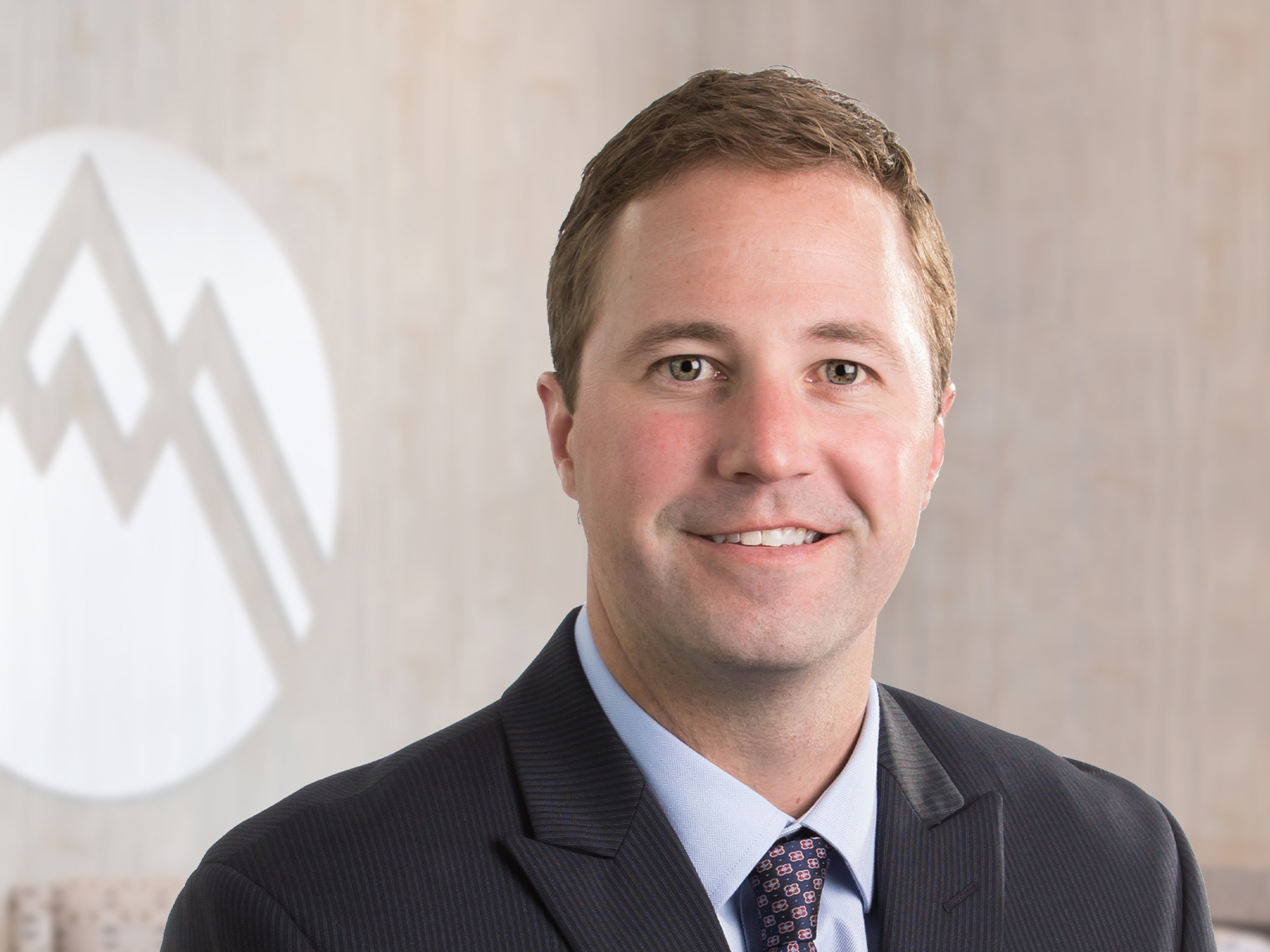Dr. Stulc addresses the safety of orthopedic regenerative therapies.
When a treatment is relatively new, patients are understandably concerned about safety. Orthobiologics is an exciting but recently emerging orthopedic treatment option. Physiatrist and regenerative medicine specialist Dr. Steven Stulc discusses patient concerns about treatment safety, and separates fact from fiction when it comes to the risks of orthobiologics.
How orthobiologics works
The concept behind orthobiologics is simple. This treatment takes your body’s healing factors, concentrates them, then reintroduces these healing agents to a site of injury. These healing components can help to start or accelerate the healing process. The concept is simple, but research continues to refine the effectiveness of these treatments.
Medical research informs understanding about treatment safety
“Safety is our top priority when we offer patients an emerging treatment like orthobiologics,” notes Dr. Stulc. “We have to be sure our treatments are safe. Research on orthopedic applications for orthobiologics is constantly evolving, and we closely monitor new studies for any areas of concern. Our orthopedic applications are well documented by medical studies and considered very safe.”
Summit uses two types of concentrated regenerative substances: platelet-rich plasma (PRP) and bone marrow aspirate concentrate (BMAC). Both substances harness the energy of adult stem cells. Blood and bone marrow aspirate are harvested, concentrated, and delivered to the site of injury in minimally invasive outpatient procedures. “The safety of adult stem cell substances we use is well demonstrated in the literature,” Dr. Stulc points out.
Standardization of orthobiologic therapies continues to evolve
“I am always happy to share research with my patients,” says Dr. Stulc. “In fact, I give each patient at least one research paper supporting the treatment we are considering. I also discuss treatment questions that are currently being investigated. For example, with procedures like platelet-rich plasma for tendon, research is still exploring the ideal plasma concentration. Studies are comparing the outcomes of concentrations that may be three times, seven times, or 10 times above baseline platelet concentration. We don’t know yet whether one concentration is more effective than another.”
However, there are guidelines we have learned from recent studies. For example, research has shown that it’s not ideal to treat arthritis with a PRP concentration containing white blood cells. “A high white blood cell concentration, or leukocyte prep, is shown to have inflammatory properties,” explains Dr. Stulc. “Based on this knowledge, we use a low leukocyte prep to treat arthritis. But studies do suggest that a high leukocyte preparation is better for tendon treatments. Emerging studies help us to refine and personalize therapies for the best patient outcome. That’s why we monitor new research reports carefully.”
Fact versus myth about the safety of orthobiologics
There are several safety-related questions that Dr. Stulc hears regularly from patients. Two concerns are easily addressed.
- “Some patients want to know if stem cells can form tumors,” says Dr. Stulc. “We know that they cannot. The therapies we use are very safe. There is no risk of a tumor forming as the result of an ortobiologics.”
- Many people think of stem cells as pluripotent, meaning they can turn into any kind of tissue from cartilage to bone to a tooth. “Some patients worry that if they receive this treatment, it might cause the wrong type of tissue to grow in their joint,” notes Dr. Stulc. “I explain that only embryonic stem cells are pluripotent. We don’t use embryonic stem cells in our treatments because of ethical and safety concerns. The adult stem cells we use carry no risk of growing into an unintended tissue type.”
There’s low infection risk with orthobiologics
“Infection is always a risk when you introduce a substance into an injured area of the body,” says Dr. Stulc. “But the very essence of regenerative substances is that they have antimicrobial properties. This means that the risk of infection with orthobiologic therapies is very low.”
Patients on blood-thinning medications are not good treatment candidates
“Because we are using your own platelets for PRP treatments, we want a robust platelet harvest,” explains Dr. Stulc. “For this reason, people who are on blood-thinning or platelet-inhibiting medicines are not good candidates for orthobiologic treatments. Because their platelets are weakened, they aren’t going to yield as rich a harvest of stem cells. People with blood cancers like leukemia also are not good candidates; they simply aren’t going to have many stem cells to harvest.
“At Summit, our priority is to do procedures that are safe and that do not cause harm,” concludes Dr. Stulc. “Based on the existing body of research, we are confident of the safety of the orthobiologic therapies we offer. They may not always work as well as we hope they will, but there aren’t any negative consequences to trying these treatments.”
Expert care
Summit’s team of experts provide innovative regenerative medicine therapies for those looking for an alternative to traditional treatments. They can treat arthritic joint pain, sports injuries, neck and back conditions—creating an environment to trigger tissue repair and healing.
Start your journey to better function and less pain. Visit our orthobiologics services hub and find your expert, request an appointment online, or call us at (651) 968–5201 to schedule a consultation.
Summit has convenient locations across the Minneapolis-St. Paul metro area, serving Minnesota and western Wisconsin. We have state-of-the-art centers for comprehensive orthopedic care in Eagan, MN, Plymouth, MN, Vadnais Heights, MN, and Woodbury, MN, as well as additional community clinics throughout the metro and southern Minnesota.

